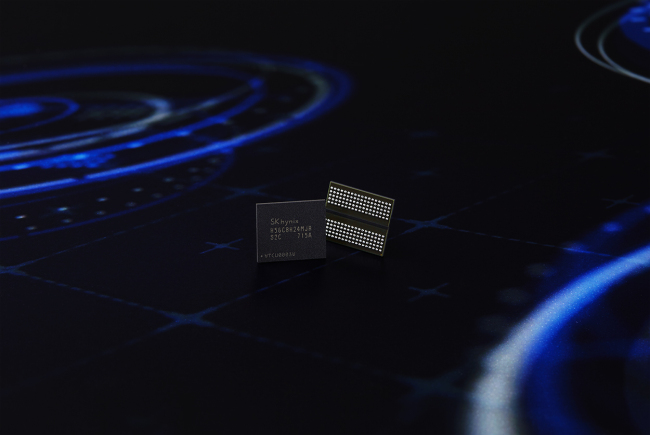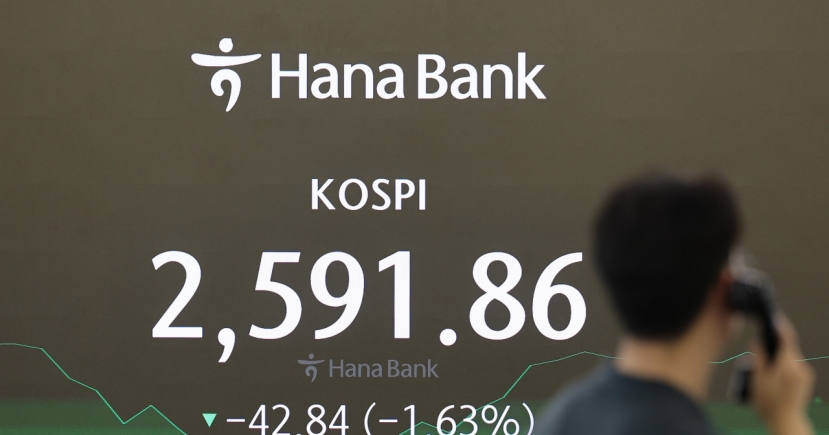Mobile & Internet
SK hynix develops world’s fastest graphics DRAM
[THE INVESTOR] South Korean chipmaker SK hynix said on April 23 that it has developed the next-generation graphics dynamic random-access memory, the fastest form of graphics memory in the world. The company plans to mass-produce the chip early next year.
Graphic DRAM is a memory designed to handle the enormous demands of graphics processing for graphics-intensive applications like games and video played at PCs, work stations and high-functioning game devices.
 |
The latest product, the GDDR6, is a successor to the GDDR5 memory used in most graphics processing unit, and is twice faster, and 10 percent-power efficient than the latter which is currently dominating the market.
The 20-nano level 8 gigabit GDDR6 will provide throughput of around 16 Gbps, or bits per second, per pin, becoming the fastest of its kind. This DRAM processes up to 768 gigabytes of graphic data per second with a forthcoming high-end graphics card of 384-bit input/output, the company added.
The GDDR6 entering the market early next year, is expected to replace the market dominance of the GDDR5 and GDDR5X, the company said. It is working closely with its clients which are expected to introduce their next-generation high-quality graphic cards loaded with high-performance graphic DRAM chips.
“With the introduction of this industry’s fastest GDDR6, SK hynix will actively respond to high quality, high performance graphics memory solutions market” said Oh Jong-hoon, senior vice president who heads the company’s DRAM product development. “The company would help our clients enhance their performance of high-end graphics cards.”
SK hynix, the world‘s second-largest DRAM maker, expects its latest memory chip to support the visualization of future technologies such as artificial intelligence, virtual reality, autonomous cars and high-resolution display over 4k.
According to Gartner, a US research firm on information technology, the density of the graphic card-use DRAM is expected to surge from an average of 2.2 GB this year to 4.1 GB in the next four years.
By By Cho Chung-un/The Korea Herald (christory@heraldcorp.com)








